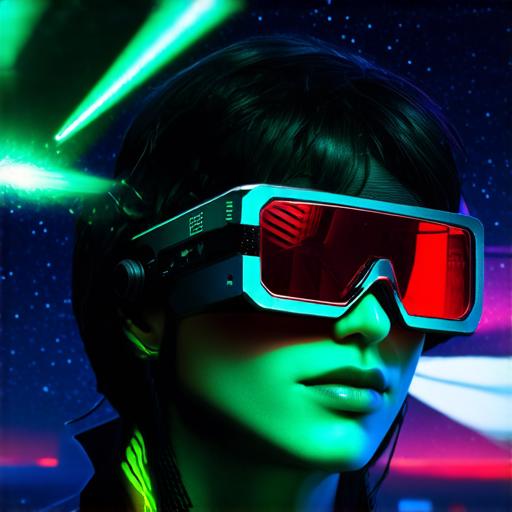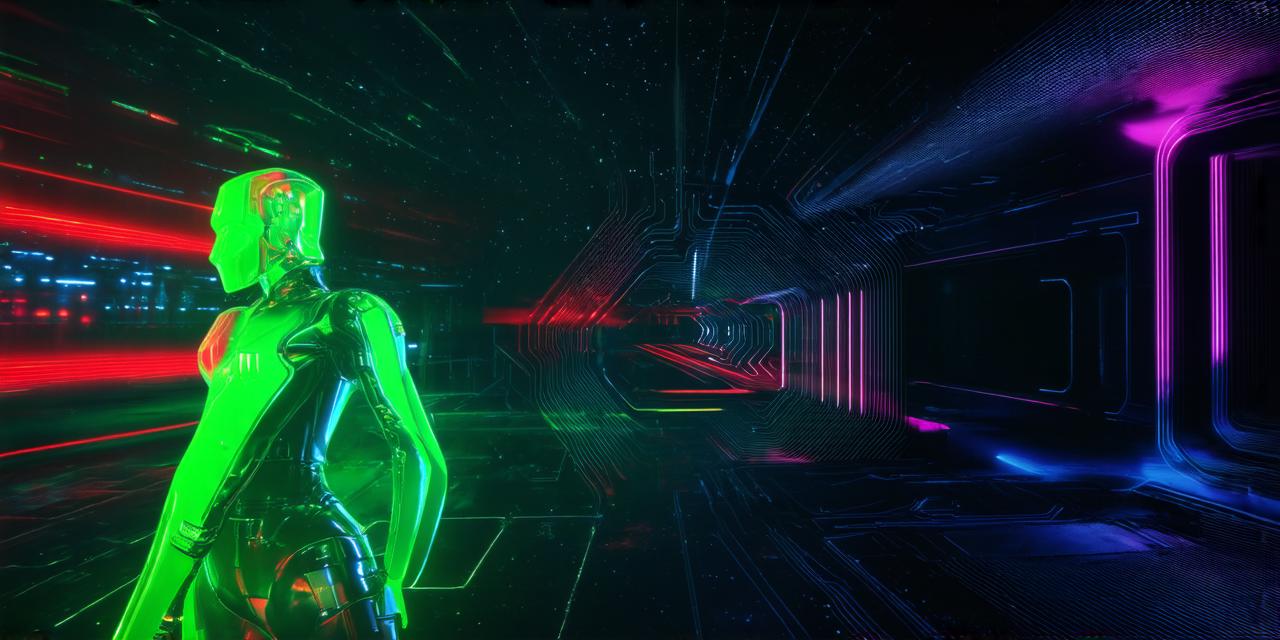
Introduction:
Augmented reality (AR) is a rapidly growing technology that has the potential to revolutionize many industries, from entertainment to healthcare. If you’re an AR developer looking to learn more about this exciting field, then you’ve come to the right place. In this comprehensive guide, we will explore everything you need to know to get started with AR development, including the basics of AR technology, key concepts and terminology, best practices for AR app development, and real-world examples of successful AR projects.
Part 1: Understanding Augmented Reality Technology
Before diving into the world of AR development, it’s important to understand what AR is and how it works. At its core, AR is a technology that overlays digital information onto the real world, creating an immersive experience for the user. There are several key components that make up an AR system, including:
-
A device (such as a smartphone or tablet)
-
An AR app
-
A camera
-
A tracking system (which uses sensors to detect the device’s position and orientation)
-
A content management system (which stores and manages digital assets)
By combining these components, you can create an AR experience that allows users to interact with digital objects in their physical environment. For example, a user could use an AR app to see how a piece of furniture would look in their home before buying it.
Part 2: Key Concepts and Terminology
As an AR developer, it’s important to have a solid understanding of the key concepts and terminology that are used in the field. Some of the most important terms include:
-
Overlay: This is the digital information that is displayed on top of the real world.
-
Tracking: This is the process by which the device’s position and orientation are determined using sensors.
-
Plane detection: This is the ability of the tracking system to detect flat surfaces (such as walls or floors) in the real world.
-
3D modeling: This is the process of creating three-dimensional models for digital objects that will be displayed in the AR experience.
-
Unity: This is a popular game engine that is often used for AR app development.
By understanding these concepts and terminology, you’ll be well on your way to building successful AR apps.
Part 3: Best Practices for AR App Development
Now that you have a basic understanding of AR technology and the key concepts involved in developing AR apps, it’s time to start thinking about best practices for AR app development. Here are some tips to get you started:
-
Keep the user experience at the forefront of your design: When creating an AR app, it’s important to remember that the user is ultimately the one who will be interacting with the technology. This means that you should focus on creating a seamless and intuitive experience that is easy for the user to navigate.
-
Use real-world examples to illustrate your points: One of the best ways to engage users with AR technology is by using real-world examples to illustrate how the technology can be used. For example, you could create an AR app that allows users to see how different types of furniture would look in their home before buying them.
-
Test and iterate your app regularly: AR development is an ongoing process, and it’s important to test and iterate your app regularly to ensure that it is functioning properly and meeting the needs of your users.
-
Optimize your app for performance: AR apps can be resource-intensive, so it’s important to optimize your app for performance to ensure that it runs smoothly on a variety of devices.
Part 4: Real-World Examples of Successful AR Projects
Finally, let’s take a look at some real-world examples of successful AR projects to see how this technology is being used in practice. Here are a few examples:
-
IKEA Place: This popular AR app allows users to see how different types of furniture would look in their home before buying them. The app uses AR technology to overlay digital objects onto the real world, allowing users to visualize how these objects would look in their space.
